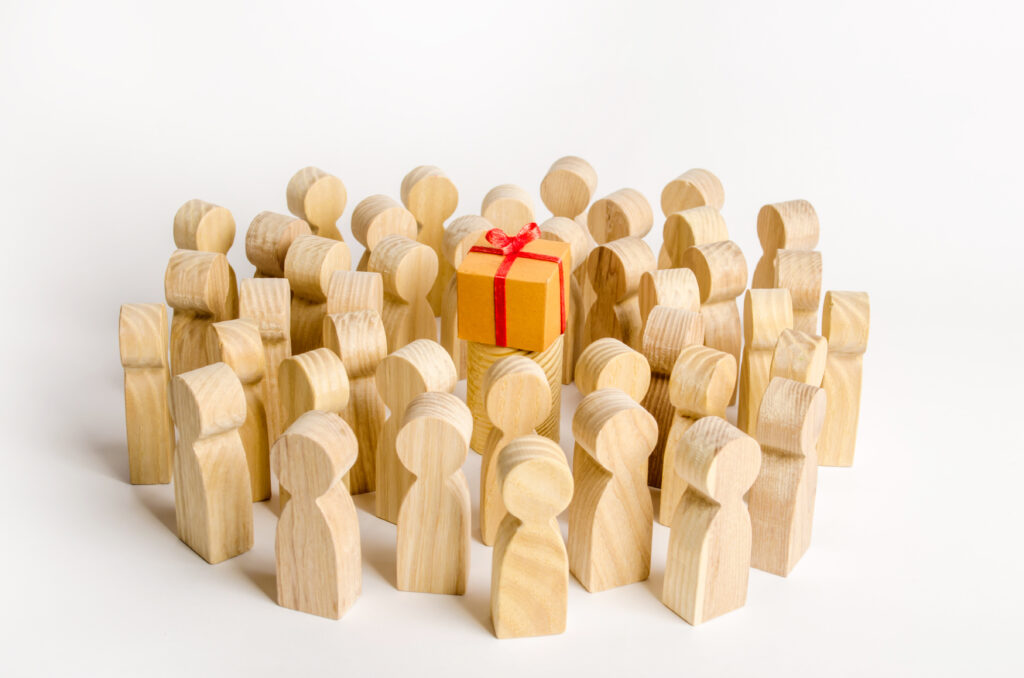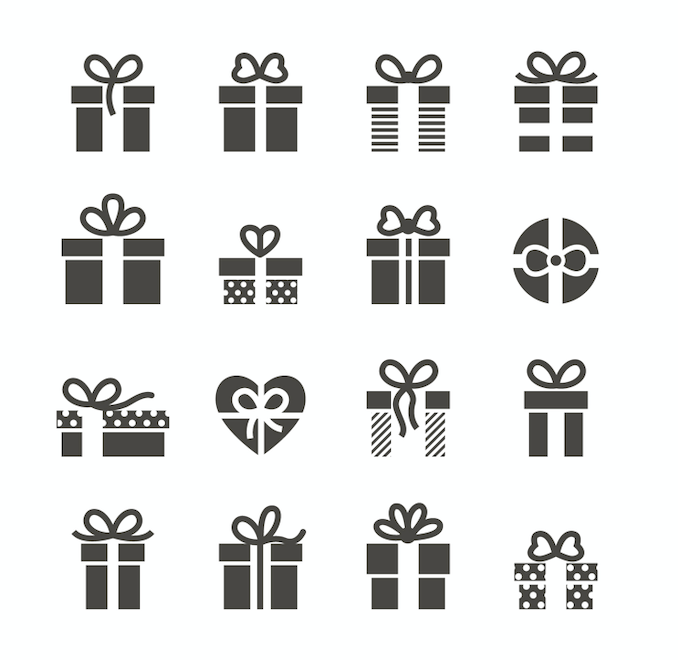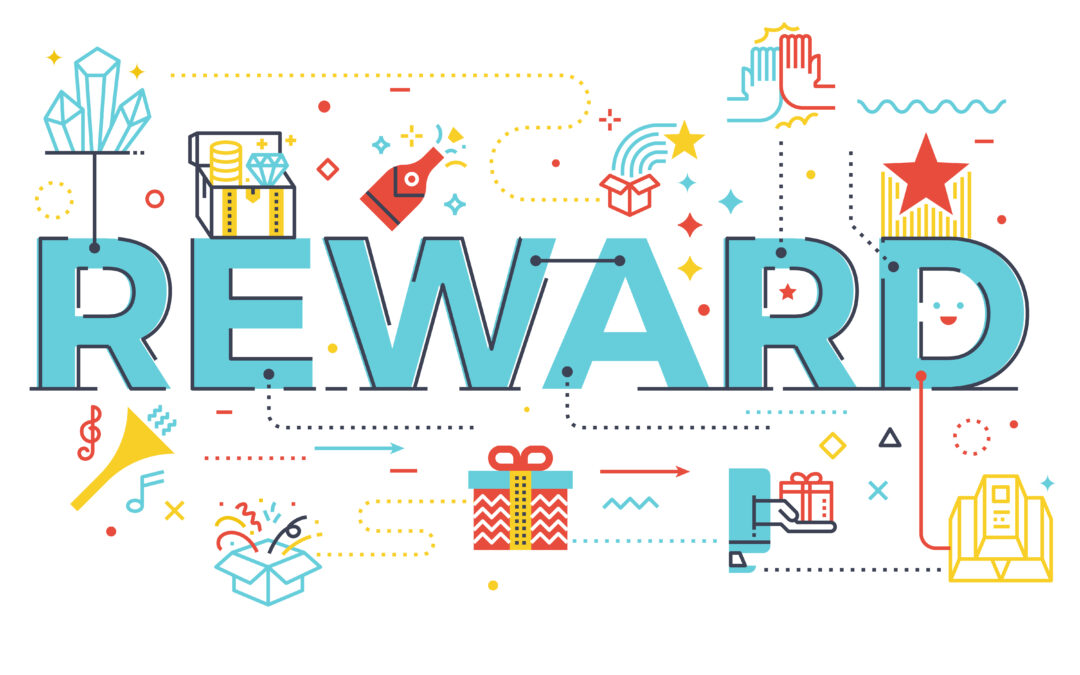I recently asked a group of students to solve a simple math problem in which they had to count a large group of manipulatives. Without suggestion on how to accomplish the task, they were solely instructed to report back to me when they had their final number. Seemingly excited to meet the challenge, they set off to approach the counting in various ways. Some were methodical and quiet. Others were speedy and boisterous, announcing to the group when they had “finished.”
Upon reporting back, a few students asked, “What do I get if I am right?” After hearing this several times, I announced to the group that there was no “item” as a prize for this answer. The reward was acknowledgment and praise from the coaches and peer group. A revelation met mostly with smiles and tempered with a few sighs of disappointment as the challenge continued.
At one point, the students had the opportunity to check their work with a recount. Here, I observed an interesting distinction. Many of those who asked, “What do I get?” did not opt to use the time to recount. They were reportedly satisfied with their answers. While most others took this opportunity to count once or twice over to check their accuracy, often returning with a new response. The purpose of this exercise was by no means an assessment of motivation. Yet, I found myself considering the possible connection.
What do I get if I am right?
Was the task boring or tedious for this subgroup? Were they sincerely satisfied with their first response? Or, was lack of a tangible reward enough to stifle their desire to stick with it for an additional round?

Whatever the reason, this question is not uncommon, and the “what do I get” mentality certainly continues when we exit adolescence. In a culture of competing and comparing, how do we train ourselves to value internal feedback and experiences over objects?
In implementing wellness enrichment for youth, I consider both extrinsic and intrinsic motivation. Still, this rarely this includes tangible goods. My goal is empowerment through awareness and understanding of the “why” behind what we do to improve our wellbeing. That “why” correlates to health, feelings, relationships, consequences, accomplishments, quality of life, and belonging.
At times, students take home items from our sessions. However, these are the result of cooperative projects or specific to their growing wellness toolkits (i.e., journals). Therefore, I hope that these items hold meaning rather than merely take up space. Ultimately, the long-term takeaway is wellness literacy and connectedness. While I wrap this package in a collaborative spirit and fill it with fun activities, ideally, this is a gift that keeps on giving.
Whether our motivations are intrinsic, extrinsic, or a combination, shaping our behaviors and prioritizing wellbeing brings a high return on investment. Improvements in mental and physical health reinforce our practices. Rewards are felt, seen, and experienced individually and collectively. Sometimes, learning to tune in to the benefits is a reward in itself. This holds for adults and children alike.

Even more, in this season of stuff, find moments for mindful attention, encouragement, patience, and acts of kindness for yourself and others. These gifts are free, but the returns are priceless.

